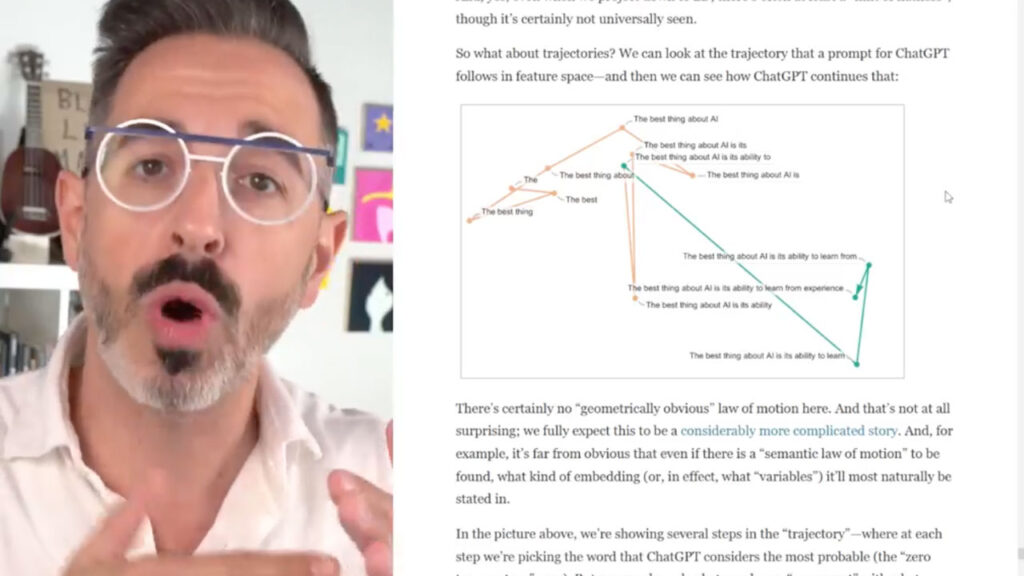As AI tools like ChatGPT and large language models (LLMs) reshape how information is surfaced online, marketers know the playbook: understand how LLMs work, and position brands near the right language to appear in AI-generated answers. Yet, industry expert Rand Fishkin is baffled that so few are acting on this knowledge, calling out the surprising lack of agencies and consultants seizing this emerging opportunity. For Fishkin, it’s a “crazy pills” moment—why isn’t everyone racing to master this new, PR-like game of influencing AI-driven visibility?
Wolfram’s Article
The article that Fishkin is responding to “What Is ChatGPT Doing … and Why Does It Work?” by Stephen Wolfram provides a deep dive into the underlying mechanics of ChatGPT and large language models (LLMs). It explains that ChatGPT generates text by predicting the most likely next word (or token) based on vast amounts of training data from human writing. The model does this through a neural network architecture called a transformer, which uses attention mechanisms to analyze patterns across billions of examples. The surprising effectiveness of ChatGPT stems from the discovery that human language—and perhaps human thinking—is simpler and more rule-based than previously assumed. Rather than possessing true understanding or logic, the model’s strength lies in synthesizing human-like responses by navigating a complex “meaning space” built from its training. For marketers, this understanding underscores ChatGPT’s role as a tool for content generation, audience engagement, and customer service. It highlights the potential for LLMs to streamline content production, personalize customer interactions at scale, and even inform marketing strategies through language analysis. However, it also emphasizes the need for human oversight, as these models can generate plausible but inaccurate information. Marketers should leverage ChatGPT as a creative and efficiency-enhancing assistant, not a fully autonomous content solution.
